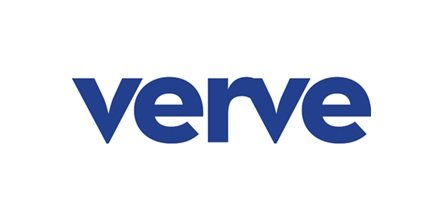Dan Collison - Street Preacher
/Dan Collison looks a little like a blackjack dealer as he lays his business cards down on the table.
Today, he lays out four cards. Each denotes a different role and association; all relate to the built environment, economic development, and efforts to encourage “human flourishing” in downtown’s East Town neighborhood.
Some might say Dan is a street preacher for placemaking, and they wouldn’t be half wrong. Three of Dan’s business cards describe him directing partnerships, or developing businesses, or administering leadership at three distinct downtown organizations. One defines his actual ministering: that card reads, “First Covenant Church, Minneapolis. Lead Pastor.”
Urban placemakers often wear many hats. The work requires co-creation and taps skills from marketing to budget forecasting, fundraising to building and finessing relationships. But Dan actually holds four titles, for four organizations. He tallies his hours - aligning activities to strategic goals, spreadsheet style - that add up to a 80 hour work week, every week. What gives?
“I have the attention span of a squirrel,” Dan admits.
Dan started in East Town 9 years ago when he arrived at First Covenant Church. The congregation meager and in debt, he set out first to grow its ranks. “The church wasn’t functioning to its best potential, or any potential,” Dan offers. “We had aging infrastructure, an aging congregation. There was little engagement across generations. No one in the church knew the community.”
He wondered if he might also curate a space where the private, spiritual needs of parishioners and service to broader public needs might co-exist, under First Covenant’s roof and in consort with the surrounding area.
Seeking connection, Dan volunteered for the local business association. At the time, East Town hosted a lot of surface parking lots, and markets and consumer needs were changing. “The Downtown East Business Association [now East Town Business Partnership] had big development ideals,” Dan recollects, “but it also was involved in public safety, housing, street life. I didn’t know business associations leaned into those spaces.”
Dan found himself leaning in, too.
Once First Covenant arrived in a position of strength - more congregants, a full “ecosystem” of social services operating and paying rent under First Covenant’s roof (a daycare, a women’s shelter, an arts collective, a legal resource center; 9 entities in total) - Dan drew his attention to the wider community.
He took on a part-time gig with the East Town Business Partnership. His paid work there has helped bring over 3 billion dollars of investment, including the new US Bank Stadium, The Commons Park, the Wells Fargo campus, and a re-activated Armory. First Covenant is an active stakeholder in providing affordable housing in East Town, soon to break ground on a $37 million, 109-unit building on a paved parking lot the church owns.
As the city and developers provide physical structure – stadiums, high rises, entertainment complexes – Dan strives to support the social and economic infill, the spaces and connections at street level, those driven by and supporting human needs.
“The infrastructure is happening – it’s big and bold and it’s the framework,” Dan says. “But to really build community, to ground ourselves, we need to celebrate neighborhood identity and narrative. Be sensitive to the story each neighborhood is telling, or wants to tell.”
Public spaces and local leaders are critical actors in those stories. “We have unique spaces downtown – Elliot Park, the Mill District, the North Loop,” Dan observes. “Civic and thought leaders need to listen to individuals, understand the demographics and elements that already exist, even as we plan for future growth.”
He continues, “We know downtowns are reinventing themselves. We need to keep the human part of the neighborhoods intact, honor the muse of the human experience as we link economics and development to education and residential life.”
How does Dan do that?
He's a convener of people and he's pragmatic: “I use streets and public corridors to start those conversations. A project that unites [or divides] people is a good place to start talking shared values, about the common good.”
Not everybody is excited about such rapid change in East Town, or change at all. One agent's good idea is another's gentrification. “Minnesotans tend to be nice on the outside,” Dan observes, “but fierce in the back room.”
“A lot of groups talk at each other,” he notes. “Tempers flair and sometimes meetings become flashpoints, especially if identities are threatened, or if power is imbalanced, or if the efficiencies of commerce outweigh the expectations of community.”
In those moments, Dan distills his efforts to his earliest vocational calling: “My pastor hat allows me to create a safe space, a container, where we can come together.”
With equity at the forefront of urban reinvention and placemaking, how does he ensure inclusion and diversity across projects and the rapid pace of development?
“Imperfectly,” Dan admits.
“In civic life, you have to show up for everyone. Volunteer. Listen. Look for those things that hold shared value. Sometimes I ignite clarity, and sometimes what I do doesn’t work. I have to be OK allowing things to get messy, because disruption is necessary for change.”
For more information:
photo credits: Tracy Nordstrom, Downtown Improvement District, Downtown Journal, StreetsMN












